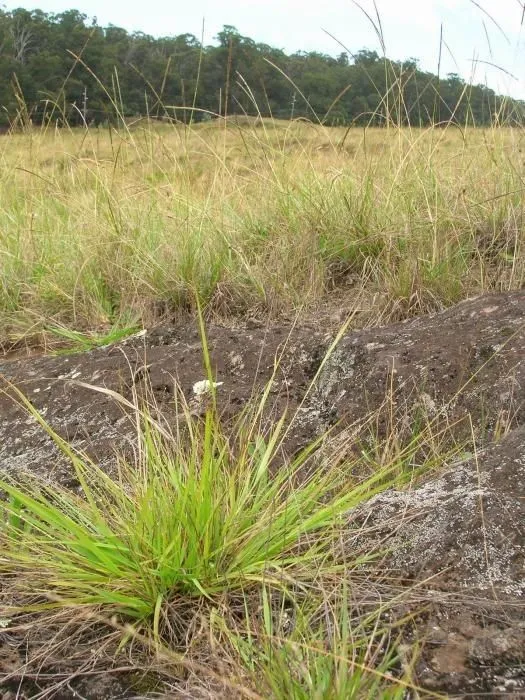
Author: Steud.
Bibliography: Syn. Pl. Glumac. 1: 266 (1854)
Year: 1854
Status: accepted
Rank: species
Genus: Eragrostis
Vegetable: False
Observations: Trop. & Subtrop. Asia to N. Australia
Cuming’s lovegrass, scientifically known as Eragrostis cumingii, is a grass species belonging to the family Poaceae. This resilient and adaptable plant flourishes in various regions, ranging from tropical to subtropical areas across Asia and extending its presence to Northern Australia.
First described in 1854, Cuming’s lovegrass was classified by Steud. in his work “Synopsis Plantarum Glumacearum,” providing a foundational understanding of this species within the expansive Poaceae family. Over the years, it has garnered attention for its versatility and capacity to thrive in diverse climates and soils.
Cuming’s lovegrass is typically recognized for its fine, delicate foliage and distinctive inflorescence that contribute to its ornamental appeal. The plant’s growth habit and structure make it an excellent stabilizer for soil, thereby playing a crucial role in preventing erosion in the regions it inhabits.
Beyond its ecological benefits, Eragrostis cumingii also holds potential value in agriculture and landscaping. Its ability to adapt to various environmental conditions makes it a candidate for forage and cover crops, particularly in areas where soil and climatic conditions may pose challenges for other species.
In summary, Cuming’s lovegrass is a testament to nature’s adaptability, offering both aesthetic and functional value in the landscapes where it is found. Through historical documentation and modern observations, its significance continues to be recognized and appreciated within the plant science community.
Eng: cuming’s lovegrass
En: Cuming’s lovegrass, Cuming’s Love Grass
Taken Jan 1, 1900 by EOL − Forest & Kim Starr (cc-by)
Taken Jan 1, 1900 by EOL − Forest & Kim Starr (cc-by)
Taken Jan 1, 1900 by EOL − Forest & Kim Starr (cc-by)
Taken Jan 1, 1900 by EOL − Forest & Kim Starr (cc-by)
Taken Jan 1, 1900 by EOL − W. L. Wagner (cc-by-nc-sa)
© copyright of the Board of Trustees of the Royal Botanic Gardens, Kew.
Growth habit>: Graminoid
Family: Myrtaceae Author: (F.Muell.) K.D.Hill & L.A.S.Johnson Bibliography: Telopea 6: 402 (1995) Year: 1995 Status:…
Family: Rubiaceae Author: Pierre ex A.Froehner Bibliography: Notizbl. Bot. Gart. Berlin-Dahlem 1: 237 (1897) Year:…
Family: Sapindaceae Author: Koidz. Bibliography: J. Coll. Sci. Imp. Univ. Tokyo 32(1): 38 (1911) Year:…
Family: Asteraceae Author: A.Gray Bibliography: Pacif. Railr. Rep.: 107 (1857) Year: 1857 Status: accepted Rank:…
Family: Fabaceae Author: Medik. Bibliography: Vorles. Churpfälz. Phys.-Ökon. Ges. 2: 398 (1787) Year: 1787 Status:…
Family: Aspleniaceae Author: (Cav.) Alston Bibliography: Bull. Misc. Inform. Kew 1932: 309 (1932) Year: 1932…